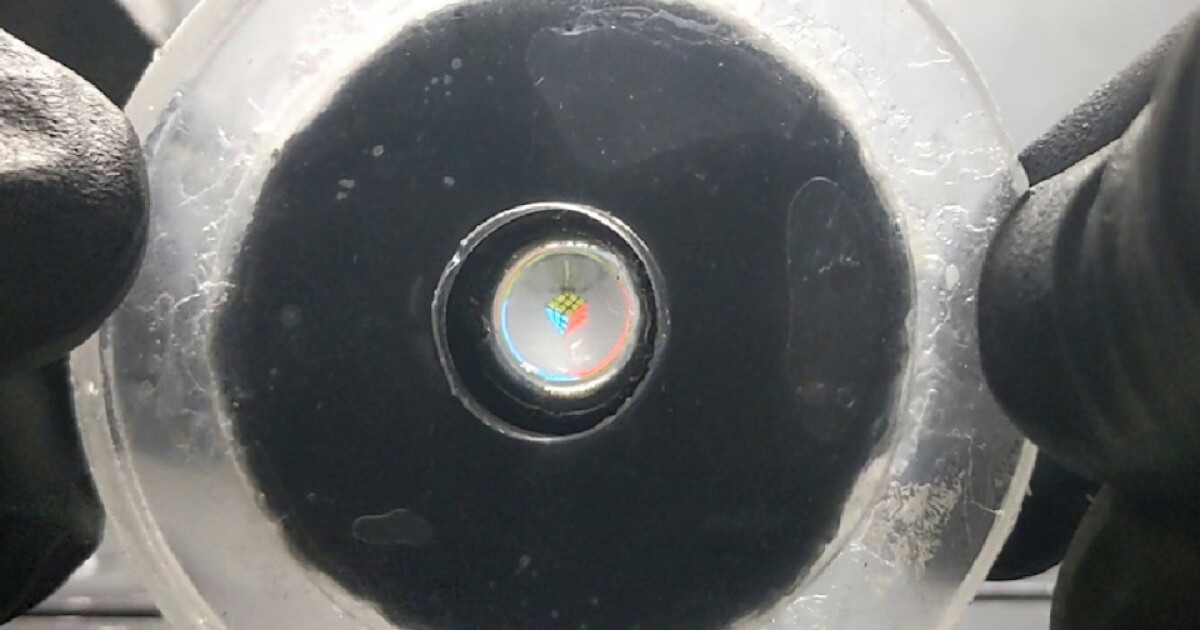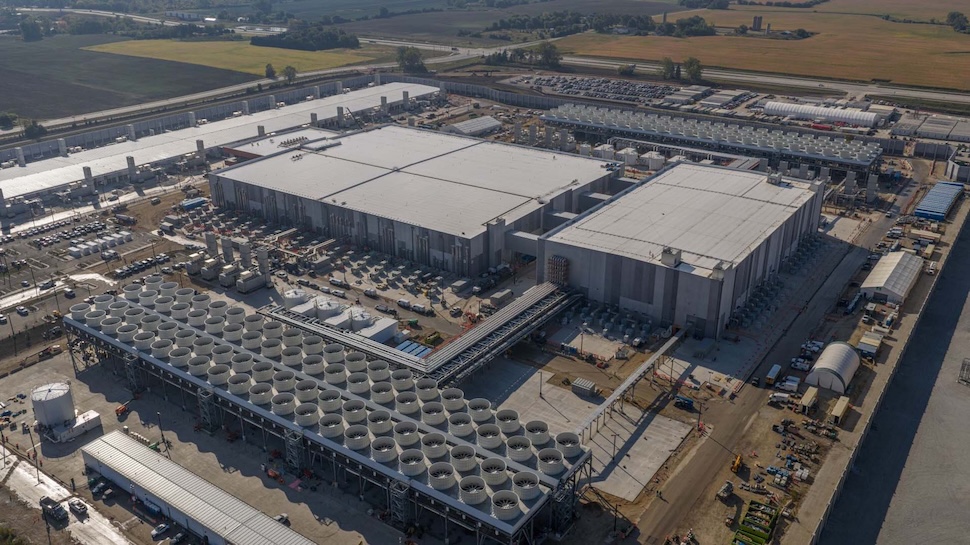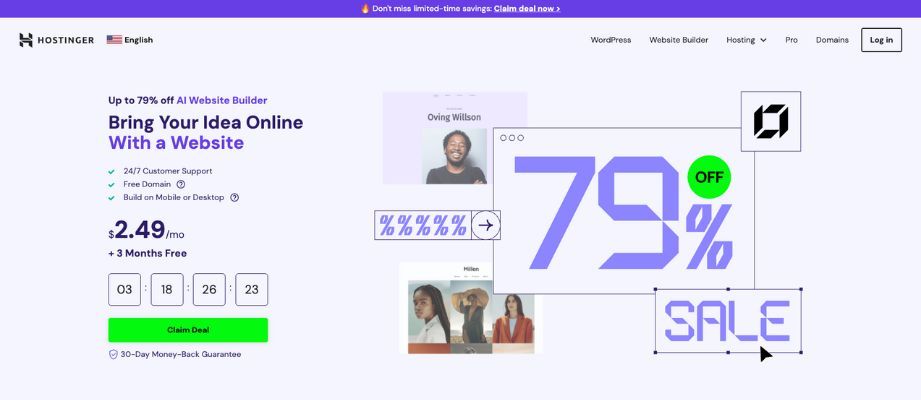Executive Summary
Graph Neural Networks (GNNs) and GraphRAG don’t “reason”—they navigate complex, open-world financial graphs with traceable, multi-hop evidence. Here’s why BFSI leaders should embrace graph-native AI now.
The majority of AI technologies in finance still interpret the world through the lens of rows and columns. However, money activities move through a set of networks—customers, accounts, devices, merchants, companies, and geographies.
Graph Neural Networks (GNNs) and Graph Retrieval-Augmented Generation (GraphRAG) don’t create “human reasoning,” but they do bring something novel to BFSI: navigating complex, relational data, with an associated trail of evidence. That is the movement from
flat correlation to relational correlation.
Why Graphs Now? Finance Is a Network Problem
Traditional machine learning (ML) and standard Retrieval-Augmented Generation (which is often document retrieval plus a large language model or LLM) struggle when insight relies on multi-hop connections—the patterns that unfold across several steps (i.e.,
A→B→C→D).
GNNs model those multi-hop connections directly. GraphRAG allows the LLM to extract information about connections in the graph context (nodes, edges, paths) along with any unstructured content. The bottom line is more context, fewer blind spots, and an auditable
“how we got here” trail.
What This Is—and What It’s Not
This is:
- Network-native patterning. Detects structures (rings, loops, fan-in/fan-out, community clusters) across many hops.
- Traceable context. Answers can cite nodes/edges/paths as evidence, improving auditability.
- Complex-scenario navigation. Useful where risk depends on
who is connected to whom and how.
This is not:
- Causal inference. It doesn’t prove why something happened (cause–and–effect).
- Symbolic logic or full “reasoning AI.” It won’t follow rules like a theorem prover.
- A replacement for model governance. You still need controls, versioning, and explainability layers.
Bottom line: Think deeper, structured context—not “true reasoning.”
Practical Clarification: SQL Joins vs Graph AI
A frequent question from many teams is: “We already join multiple tables, so what’s the difference?”
-
SQL Joins (today): You hard-code relationships and query
what you already know. Multi-hop logic gets brittle fast; novel patterns slip through until you write new rules. -
GNNs + GraphRAG (graph AI): The model learns relational structure across many hops and
generalizes to unseen but similar patterns. Retrieval can return
paths and neighborhoods, so the LLM answers with graph-grounded evidence (e.g.,
“Account A is three hops from a sanctioned entity via merchant X and shell Y.”).
In Short, SQL connects known dots. Graph AI helps uncover hidden dots—and their non-obvious connections.
RAG vs GraphRAG—the Difference in Meaning
RAG: RAG retrieves relevant documents and allows the LLM to synthesize an answer based on documents. RAG is among the best tools for policies, PDFs, and knowledge bases.
GraphRAG: Retrieves structured relationships (entities + edges + paths) from a
knowledge/transaction graph, often alongside documents. Great when answers depend on
network context.
Shift in capability: From “best matching passages” → to “best matching subgraph + passages,” with
evidence paths the compliance team can review.
Why Finance is Harder than YouTube: Open-World Graphs
It’s tempting to compare BFSI to YouTube or Pinterest, where the use of GNNs powers recommendation management. There is one difference, however:
YouTube / Pinterest:
- Graph = Users + Content.
- Both sides are bounded: registered users and a finite library of videos/pins.
- New data arrives, but always inside a controlled ecosystem.
- Problem = closed-world discovery.
Banking / Finance:
- Graph = Customers + Accounts + Transactions + Counterparties.
- Customers are bounded (KYC-verified).
- Counterparties are open-world: new shell companies, mule accounts, and fraudulent merchants can appear at any time.
- Fraudsters deliberately create novel, evolving patterns.
- Problem = open-world uncertainty + adversarial behavior.
Here’s how GNNs provide value, despite this:
1. Pattern generalization: GNNs learn structures of fraud (i.e., rings or layering, sudden fan-outs). Even though new actors may enter the scenario, the patterns of behavior that are suspicious are recognized.
2. Incremental updates: Graph databases, in conjunction with GNNs, provide the option of local updates for when new nodes or edges enter the graph, so that the model does not have to be retrained in its entirety.
3. Anomaly detection: If accounts suddenly connect to many risky nodes or establish unusual paths connecting nodes, those nodes would stand out as structural outliers.
4. Hybrid defense: Rules can catch the known signatures that are easily recognizable, while GNNs can detect the evolving yet novel/hidden ones.
In short:
-
YouTube GNNs = finding the next video in a gated library.
-
Banking GNNs = spotting new criminals entering an open city.
-
GNNs don’t eliminate uncertainty—but they make navigating open-world complexity
practical and adaptive.
BFSI Use Cases Where Graphs Disrupt the Paradigm
1. AML / Financial Crime
From single-transaction outliers → to collusive network patterns (layering, smurfing, circular flows).
Alerts cite multi-hop paths and counterparties, improving SAR quality and analyst trust.
2. Credit Risk & Underwriting
From borrower-only features → to ecosystem risk (suppliers, guarantors, regional exposures).
Early warning via contagion paths (if a key supplier fails, who is structurally exposed?).
3. Market & Portfolio Intelligence
Build market knowledge graphs (companies, products, supply chains, ESG events).
Analysts ask: “If Company X misses guidance, which suppliers and lenders are most exposed?” GraphRAG returns
impact paths with sources.
4. Customer 360 & Personalized Advice
Stitch siloed touchpoints into a relationship graph.
Assistants answer with contextual, cross-product awareness (and show how they connected the dots).
What “Explainability” honestly means
Honest claim: Traceable relational evidence (who/what/where in the graph) and
interpretable patterns (e.g., “ring,” “layered flow”).
Not a claim: “Proved the cause.” For that, bring in Causal AI.
Practical win: Investigators, model risk, and auditors can
follow the path—a major improvement over opaque, flat feature scores.
The Road Ahead
- 1–2 years: AML and investigations benefit first—path-based evidence becomes standard.
- 2–4 years: Research desks adopt GraphRAG copilots for market mapping and scenario tracing.
- Beyond: Risk engines incorporate graph features widely; causal methods gradually join for
why in regulated decisions.
Conclusion
GNNs + GraphRAG will not solve causality, but they will do something incredibly constructive for BFSI: they will assist in making the complex multi-hop relationships navigable, auditable, and actionable.
In an open world financial system in which new actors and risks are formed on a daily basis, network-native AI does not limit uncertainty – yet it makes it marginally possible to visualize, connect, and explain the hidden structures of the finance world
at scale.
For BFSI leaders, the time to act is now. A bank that assembles financial knowledge graphs today will own the network advantages tomorrow.













